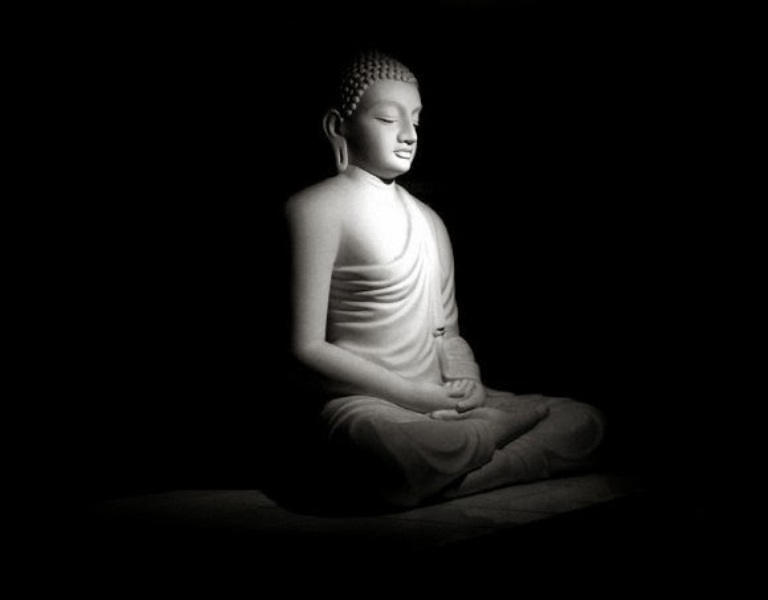Meditation
‘
Then the Blessed One addressed the bhikkhus as follows: “This is the only way, O bhikkhus, for the purification of beings, for the overcoming of sorrow and lamentation, for the destruction of suffering and grief, for reaching the right path, for the attainment of Nibbana, namely, the Four Arousings of Mindfulness.”
THE FOUR AROUSINGS OF MINDFULNESS
“What are the four?
“Here, bhikkhus, a bhikkhu lives contemplating the body in the body, ardent, clearly comprehending and mindful (of it), having overcome, in this world, covetousness and grief; he lives contemplating the feelings in the feelings, ardent, clearly comprehending and mindful (of them), having overcome, in this world, covetousness and grief; he lives contemplating consciousness in consciousness, ardent, clearly comprehending and mindful (of it), having overcome in this world covetousness and grief; he lives contemplating mental objects in mental objects, ardent, clearly comprehending and mindful (of them), having overcome, in this world, covetousness and grief.”
From: the foundations of observance, Satipaṭṭhāna Sutra. Pali Canon.



